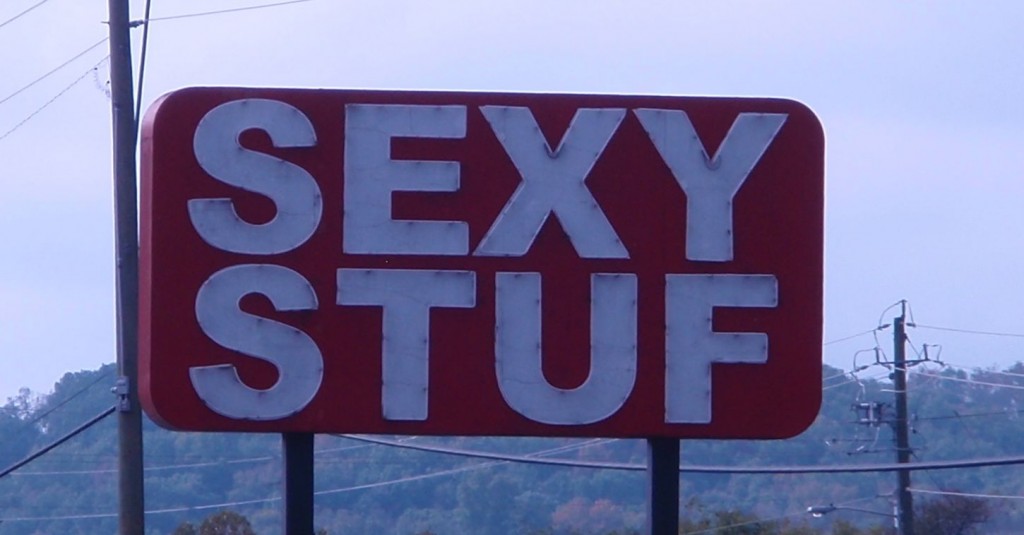Advice for copy editors: This means you
Today’s post collects some great advice for copy editors. Come back here, writers! You’re copy editors too.
The first and often the best copy editor a story is going to get is the writer. Who’s better able to check the facts and make sure the names are spelled correctly than the person with enough knowledge about the subject to write the story in the first place?
The 21st century publishing model has not been kind to copy editors. Copy desks have shrunk or been eliminated and those that remain must operate at warp speed. Bleacher Report has a small army of copy editors, but they’re looking at more than 800 stories a day.
If you’re a writer and you’re counting on the copy editors to catch your mistakes, you’re probably going to be disappointed.
No offense to copy editors. I was a one myself, way back in nineteen dickety-two, when copy desks were stuffed with bodies and leisurely by comparison. There were obviously some writers who took a “the desk will fix it” attitude toward their copy. I was the desk and I thought those writers were fools. I couldn’t imagine putting my copy at the mercy of someone like me—and I was a good copy editor.
So: Agreed? We’re all copy editors.
Craig Silverman of Poynter.org points out two helpful recent pieces by and for copy editors.
One is Pam Nelson’s 10 fact-checking tips for copy editors on her Grammar Guide blog for the American Copy Editors Society.
The other is a set of New Year’s resolutions by Terence Walsh, an assistant news editor at the Frederick (Md.) News-Post, who writes that he works as a copy editor.
Nelson’s fact-checking tips are pretty obvious when you think about them: Double-check the spelling of any names of people or places. If there’s arithmetic in a story, check it. If a quote or a fact seems a little off to you, check it. If a direction is mentioned, look at a map and make sure. If a current news story is mentioned, make sure the facts are up to date and correct. And so on.
The problem is, we copy editors—and remember, we’re all copy editors—are often too rushed to think about them. You have to remind yourself constantly. You have to slow down just a bit and notice these things that need checking.
That’s Walsh’s first resolution:
Slow down—just a little. Easier said than done, I know. Journalists always have a deadline, and maintaining a good, brisk working pace is essential if the copy desk is to get the paper out on time. When practical, however, the copy editor should take a few minutes to read the story and digest what is being said before making any changes beyond fixing an obvious typo.
Walsh works at a print newspaper, so his references are specific to that medium, but the larger points are not. His resolutions are worth reading. Also worth a look, several more links Silverman provides:
- His own free, downloadable Accuracy Checklist.
- A post at TBD.com about a presentation Silverman gave on accuracy and verification.
- A post by social media guru Journal Register Co. Steve Buttry, who wrote the previous post when he was at TBD, that includes his own version of Silverman’s Accuracy Checklist.
That’s a lot to read. Read it … slowly.
* * *
Photo: JoelK75 / Flickr Creative Commons
-
http://pulse.yahoo.com/_CEGCIEYZZV6634G6FX6B5JA4MQ Thunder


